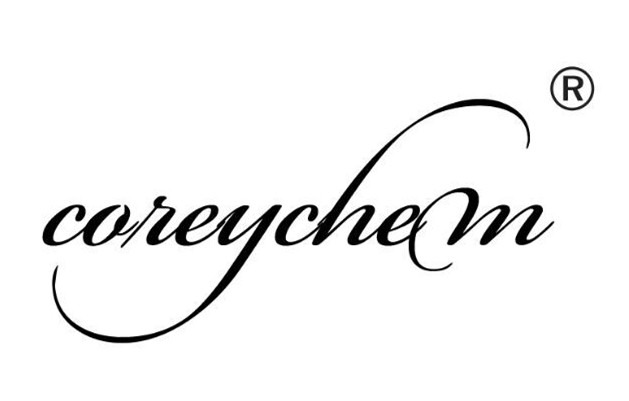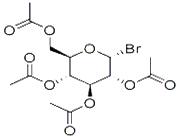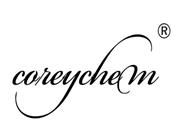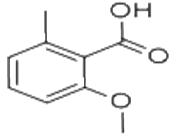| Chemical Properties |
CLEAR COLOURLESS LIQUID |
| Uses |
Manufacture of silicones. |
| General Description |
A colorless liquid. Insoluble in water and denser than water. Flash point between 70-140°F. Corrosive to skin and eyes and may be toxic by inhalation and skin absorption. Used to make other chemicals. |
| Reactivity Profile |
Chlorosilanes, such as Dichloromethylphenylsilane, are compounds in which silicon is bonded to from one to four chlorine atoms with other bonds to hydrogen and/or alkyl groups. Chlorosilanes react with water, moist air, or steam to produce heat and toxic, corrosive fumes of hydrogen chloride. They may also produce flammable gaseous H2. They can serve as chlorination agents. Chlorosilanes react vigorously with both organic and inorganic acids and with bases to generate toxic or flammable gases. |
| Hazard |
Flammable, moderate fire risk, reactsstrongly with oxidizing materials. Irritant. |
| Health Hazard |
The chemical is toxic and is an irritant. Contact may cause burns to the skin and eyes. |
| Fire Hazard |
When heated to decomposition, Dichloromethylphenylsilane emits toxic fumes of chlorine-containing compounds. Flammable/combustible material; may be ignited by heat, sparks, or flames. Vapors may travel to a source of ignition and flash back. Container may explode in heat of fire. Vapor explosion hazard indoors, outdoors or in sewers. Runoff to sewer may create fire or explosion hazard. Fire may produce irritating or poisonous gases. Reacts strongly with oxidizing materials. |
| Safety Profile |
Poison by inhalation, subcutaneous, and intraperitoneal routes. Corrosive to eyes, skin, and mucous membranes. Flammable liquid. When heated to decomposition it emits toxic fumes of Cl-. See also CHLOROSILANES. |
| Purification Methods |
Methylphenyl dichlorosilane (dichloro methyl phenylsilane) [149-74-6] M 191.1, b 114 -115o/50mm, 202-205o/atm, d 4 1.17. Purify it by fractionation using an efficient column. It hydrolyses ca ten times more slowly than methyltrichlorosilane and ca sixty times more slowly than phenyltrichlorosilane. [Shaffer & Flanigen J Phys Chem 61 1591 1957, Beilstein 16 III 1211, 16 IV 1517.] |

 China
China







